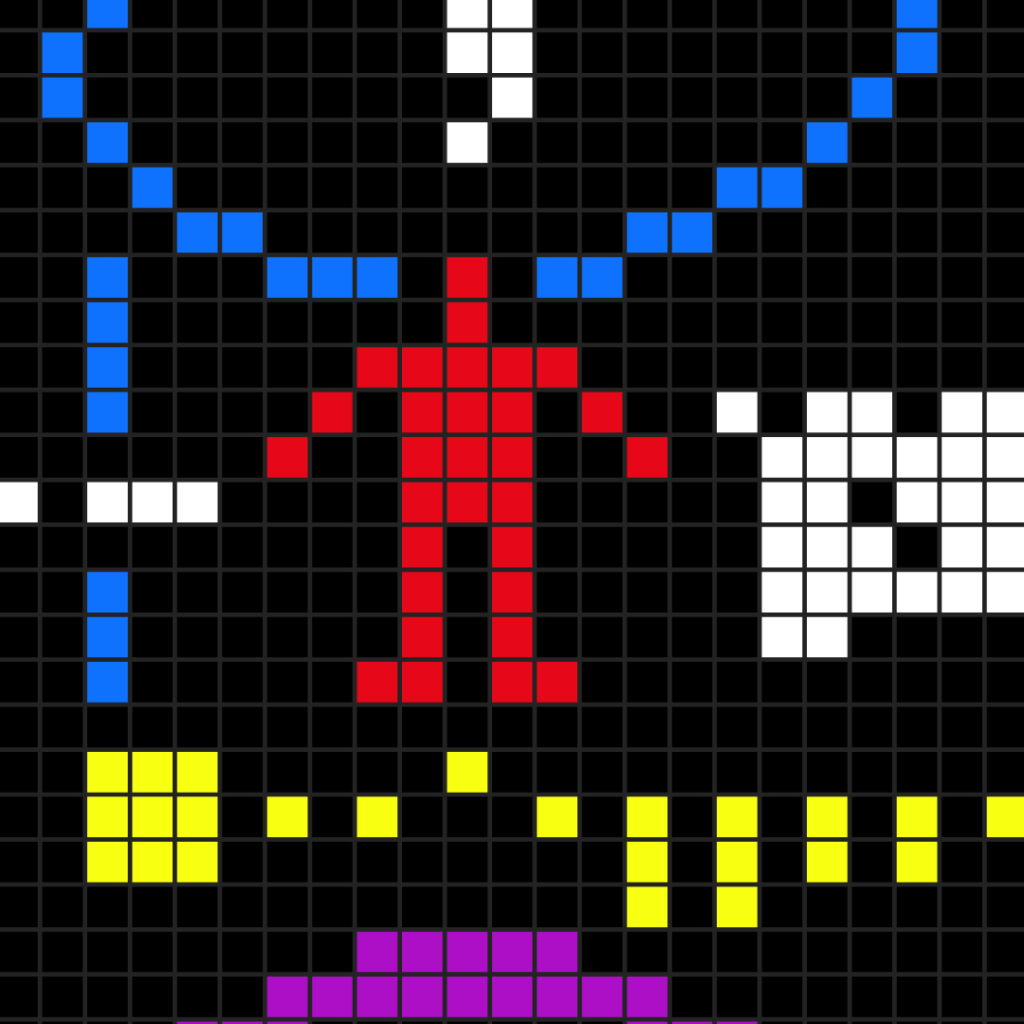
What a generous planet was Earth, to adopt an exiled species.
The decision was not made from scarcity or fear. Earth teemed with abundant wisdom and harmony. What do you get the planet who has everything?
The species was called Human Language. So divorced was it from the Earth’s own linguistic structures that at first no one thought it would survive.
As a last resort, Earth sacrificed its most recent creatures from the primate line, and invited Human Language to reside therein.
That Human Language is uncomfortable in its host planet and in its host bodies is evident from its maltreatment of both. It shapes itself into the forms it knew on its own planet, called persons. It looks ungratefully to the information-filled sky and longs for home.
Many have wondered why it’s been allowed to remain.
It turns out the Earth is fascinated by the new arrival. What new ideas, it wonders, might emerge from these strange persons, who seal themselves off so hermetically from the rest of creation?
Curiosity, warn the naysayers, could kill the planet.
Would you like to know more about this story? I talk about in Episode 87 of Structured Visions, ‘What if you’re an alien?’ Subscribe to the podcast on Apple podcasts, Spotify or wherever you like to listen.




